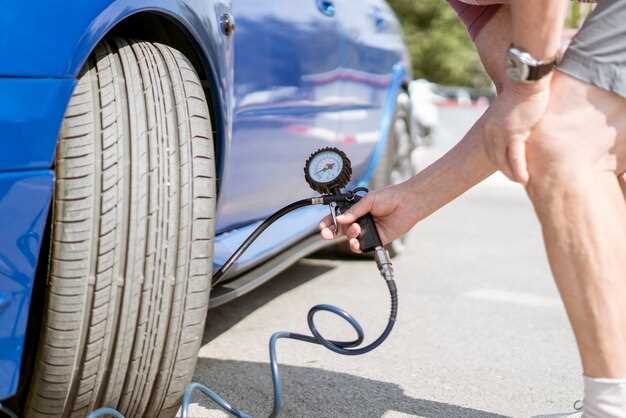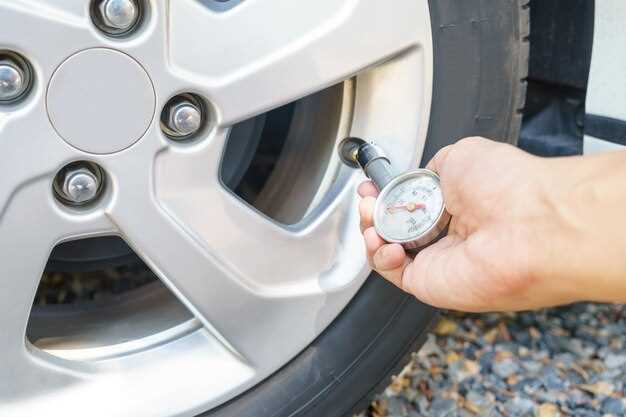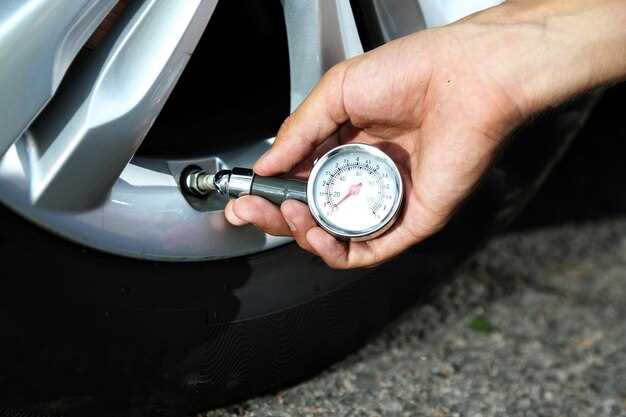
Warming up racing tires is a critical step in ensuring both the performance and safety of a race car. Properly heated tires provide better grip on the track, enhancing traction and overall handling, which can significantly impact lap times. Understanding the best practices for tire warming can help drivers maximize their competitive edge.
Tire warmers are one of the most effective tools for achieving the desired temperature before hitting the track. Utilizing these devices allows teams to heat the tires evenly, ensuring that both the surface and internal structure reach optimal warmth. This preparation is essential, especially in high-stakes racing conditions where every second counts.
In addition to using warmers, drivers must also consider their warm-up routines during practice laps. Gradually increasing speed and employing various driving techniques can assist in evenly distributing heat across the tire surface. This approach not only improves lap times but also contributes to the safety of the race by reducing the risk of tire failure or loss of control while racing.
Understanding Tire Heating Methods: Benefits of Using Tire Warmers
Tire warmers are essential equipment for optimizing the performance of racing tires by ensuring they reach the ideal operating temperature before hitting the track. These devices provide controlled heat directly to the surface of the tires, significantly enhancing grip and stability during the initial laps.
One of the primary benefits of using tire warmers is the consistency in tire performance. When racing tires are heated evenly, they achieve a more uniform temperature across the entire surface, allowing for predictable handling and improved lap times. This consistency is crucial for drivers who need to rely on their tires during high-speed maneuvers and turns.
In terms of safety, tire warmers play a significant role in reducing the likelihood of accidents or mishaps that can occur when tires are cold. Cold tires have less grip, making it difficult for drivers to control their vehicles, especially during the critical moments right after leaving the pits. By preheating tires, drivers can maintain better control and confidence, minimizing the risk of slides or crashes when they start racing.
Another advantage of using tire warmers is the optimization of tire wear. When tires operate at their ideal temperature, they are less prone to excessive wear, which can occur if they are used cold. Maintaining the right temperature can prolong the life of racing tires, allowing teams to maximize their investment and reduce the frequency of tire changes during races.
Ultimately, incorporating tire warmers into a racing strategy is a smart decision that enhances both performance and safety. With reliable heating methods, drivers not only improve their chances of achieving faster lap times but also ensure a safer racing environment for themselves and their competitors.
Step-by-Step Guide to Properly Applying Heat to Tires Before a Race

Applying heat to tires before a race is crucial for achieving optimal performance. Following this step-by-step guide will ensure that you properly warm up your tires while prioritizing safety.
Step 1: Choose the Right Tire Warmers
Select high-quality tire warmers that fit your tires properly. Ensure that the warmers have adjustable temperature settings to cater to different tire compounds and weather conditions. Properly fitted warmers help distribute heat evenly.
Step 2: Preheat the Tire Warmers
Before placing the tires in the warmers, turn them on to preheat. Most tire warmers need at least 30 minutes to reach the desired temperature. Check the manufacturer’s instructions for specific heating times and temperatures.
Step 3: Secure the Tires in Warmers
Carefully insert the tires into the warmers, ensuring that they are snugly fitted. Make sure there are no gaps between the tire and the warmer material, as this can lead to uneven heating.
Step 4: Monitor the Temperature
Use a temperature gauge to monitor the tire temperature throughout the warming process. Aim for the optimal range recommended for your specific tire type, typically between 180°F to 210°F, depending on conditions and tire specifications.
Step 5: Inspect Tires Post-Warming
After the warm-up time is complete, remove the tires from the warmers and inspect them for any signs of damage or defects. Check the tire surface for proper temperature indication and ensure that there are no bubbles or irregularities.
Step 6: Install Warmed Tires on Your Vehicle
Install the warmed tires on your race vehicle quickly to minimize heat loss. Use caution to avoid any contact with the hot surfaces. Ensure that the tires are securely mounted and properly inflated before heading to the track.
Step 7: Perform a Warm-Up Lap
Once on the track, perform a warm-up lap to further raise the tire temperature and remove any surface debris. Gradually increase your speed to achieve optimal tire performance while maintaining control of your vehicle.
By following these steps, you will effectively apply heat to tires, enhancing their grip and performance during the race. Always prioritize safety throughout the process to ensure both driver and vehicle readiness.
Safety Protocols: Ensuring Safe Practices While Warming Tires

When preparing to warm up racing tires, it is crucial to prioritize safety to prevent accidents and ensure optimal performance. Following established safety protocols can minimize risks associated with tire warmers and on-track activities.
Firstly, always inspect tire warmers before use. Ensure that there are no visible signs of damage, such as frayed wires or worn-out connections. These issues can lead to electrical malfunctions or fire hazards. Furthermore, always use warmers that are appropriate for the specific type of tires and have been tested for safety standards.
Next, manage the placement of tire warmers. Position them on a stable, flat surface away from flammable materials. This practice will prevent any potential fire risks. Additionally, avoid using warmers in enclosed spaces without proper ventilation, as they can generate heat and potentially harmful gases.
It is essential to follow the manufacturer’s guidelines regarding temperature settings. Overheating tires can compromise their structural integrity and performance, posing a safety risk. Use infrared thermometers or other reliable devices to monitor tire temperatures accurately during the warming process.
When handling warmers, always wear appropriate personal protective equipment (PPE). Heat-resistant gloves can protect your hands from burns when touching warmers or tires that may be hotter than expected. Ensure that your clothing is not loose to avoid any entanglement with equipment.
Finally, establish a routine for training team members on safety protocols related to tire warmers. Regular briefings can reinforce the importance of safety, keeping everyone aware of potential hazards and proper handling techniques. Promoting a culture of safety will enhance overall team performance on race day.
